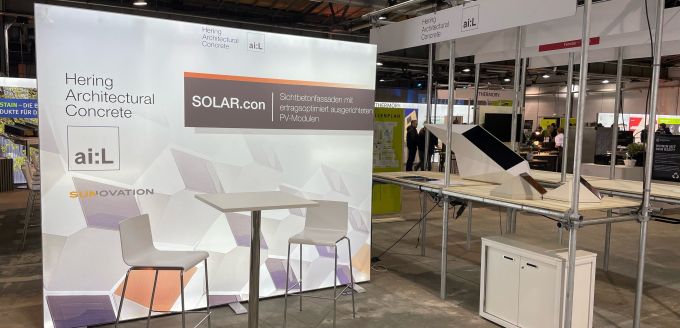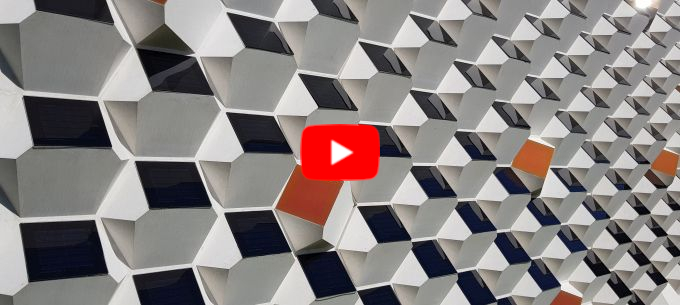Sustainable planning and building are significant contributors to how our living spaces are going to be structured in the future. The beginning of the 1990s already saw HERING prioritising sustainability in the development of its new products. The company cooperates closely with such renowned German universities as RWTH Aachen and TU Dresden in its work on new products and concepts. The result is the development of betoShell® textile-reinforced concrete for use in the field of architectural concrete.
betoShell® textile-reinforced concrete – protecting and preserving the environment
The fact that the textile-reinforced concrete elements are so thin means that it is already possible to save up to 80% of valuable resources during the manufacturing process compared with steel-reinforced façades. The life cycle assessment published at the end of 2010 clearly shows that betoShell® also delivers excellent values in terms of CO2 emissions and primary energy consumption and that it performs significantly better than many other comparable façade systems.
The study was based on the specifications defined in DIN EN ISO 14040 and 14044. A framework that considers production, use over 50 years and disposal of the façade systems was selected. The results underwent a critical review on conclusion of the investigations.


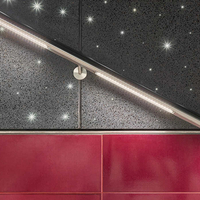
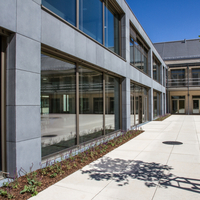
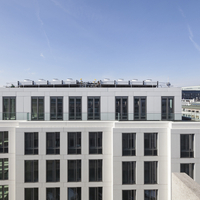

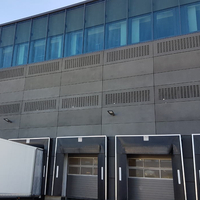

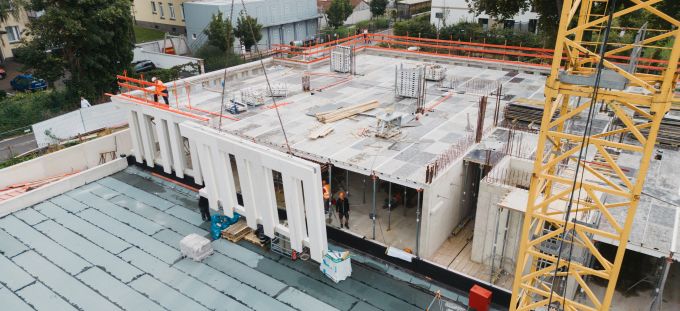
![[Translate to English:] Video auf YouTube ansehen](/fileadmin/images/content/PXL_20240117_090551273.RAW-01.COVER_680x300.jpg)
